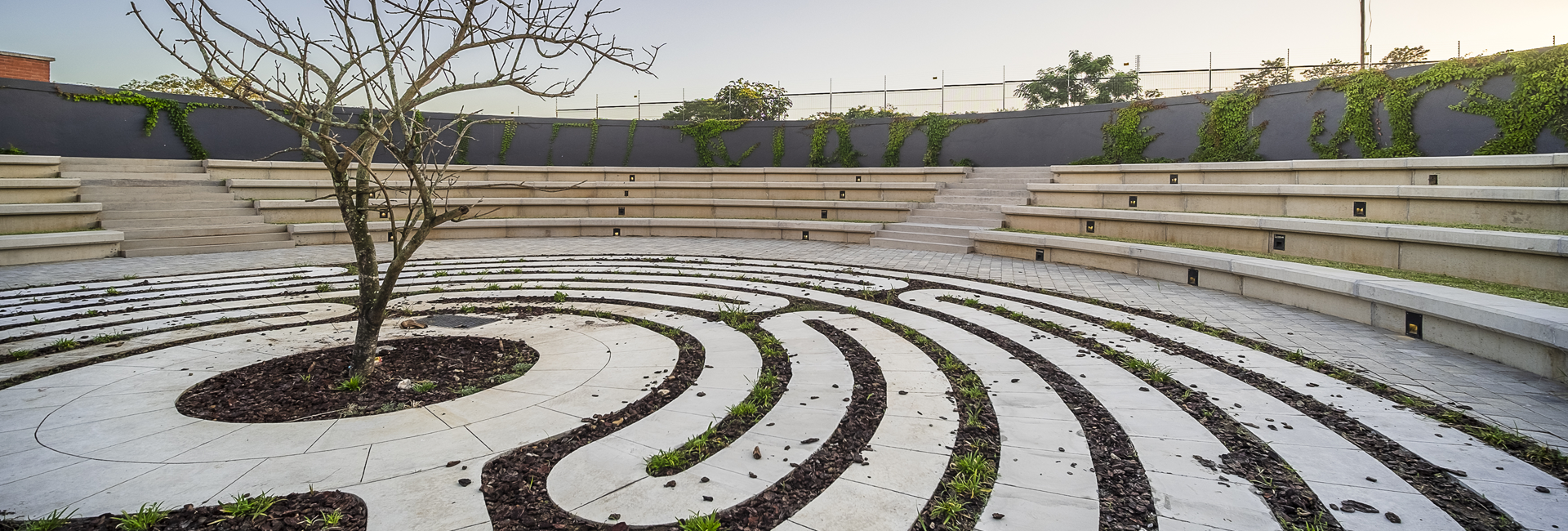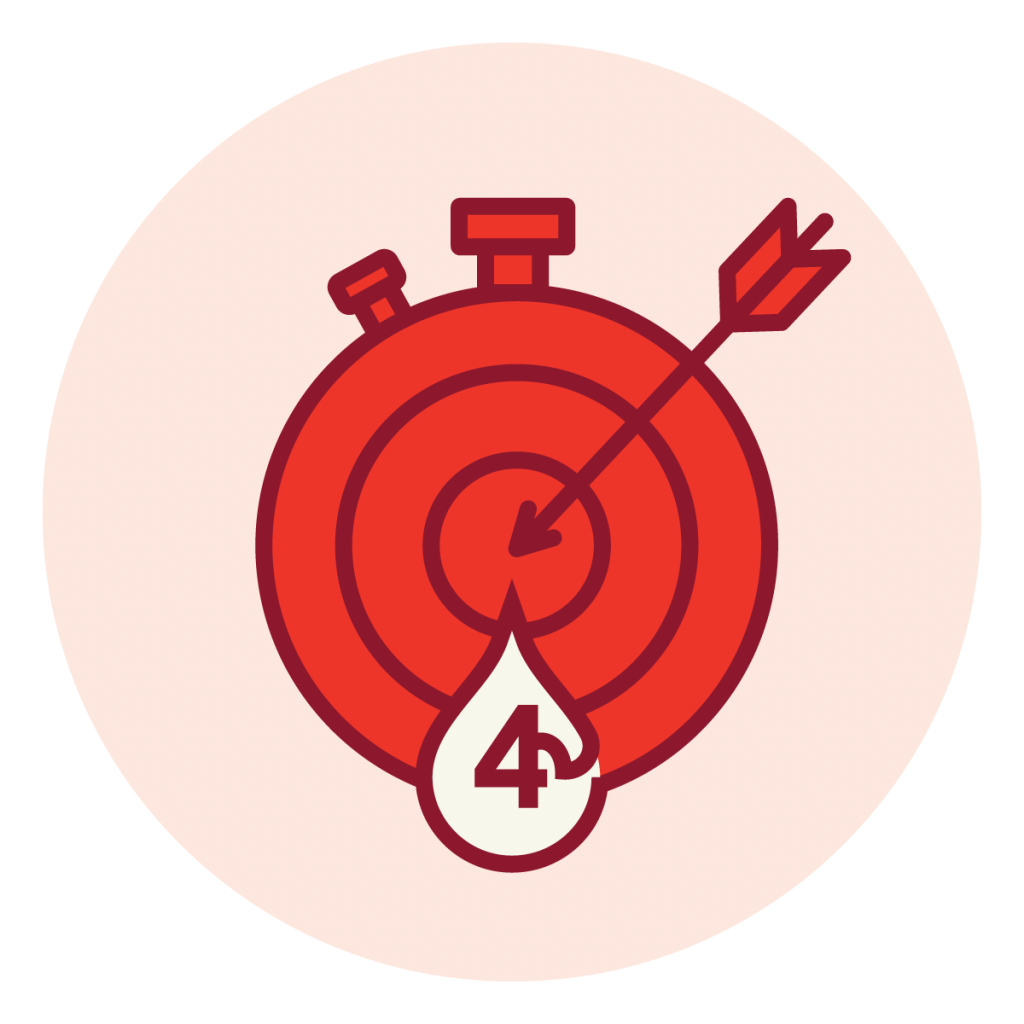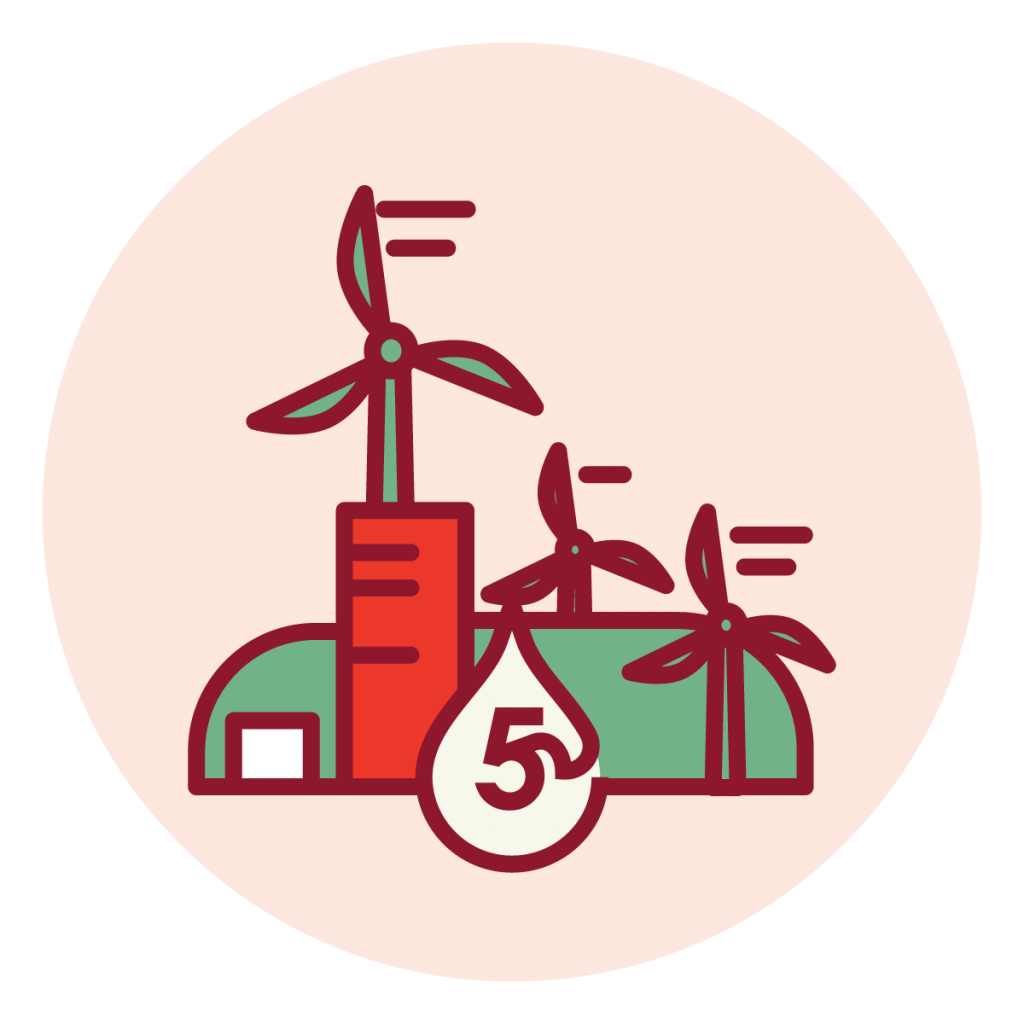

OUR STRATEGY
OUR STRATEGY


The Greening Task Team, comprising cross-functional staff and managers, continued its activities to “reduce SANBS’s impact on the environment”, however efforts during the past financial year were limited due to the collective efforts of business being diverted to dealing with the Covid-19 pandemic.
The pandemic provided an ideal opportunity for the mandatory use of technology such as video conferencing. During the year, well over 30 000 online meetings were held, obviating the need to travel to a central venue for meetings. The lockdown resulted in fewer flights and reduced business travel, and we expect this trend to continue – contributing to SANBS’s greening objectives. However, business travel has increased following the lifting of Covid-19 restrictions.
The Greening Task Team, comprising cross-functional staff and managers, continued its activities to “reduce SANBS’s impact on the environment”, however efforts during the past financial year were limited due to the collective efforts of business being diverted to dealing with the Covid-19 pandemic.
The pandemic provided an ideal opportunity for the mandatory use of technology such as video conferencing. During the year, well over 30 000 online meetings were held, obviating the need to travel to a central venue for meetings. The lockdown resulted in fewer flights and reduced business travel, and we expect this trend to continue – contributing to SANBS’s greening objectives. However, business travel has increased following the lifting of Covid-19 restrictions.



